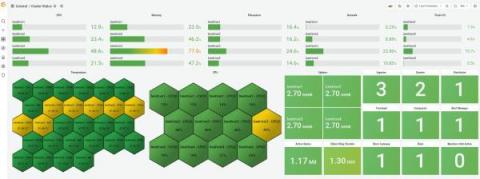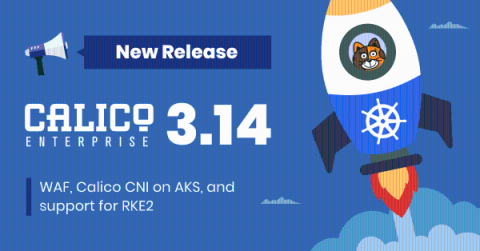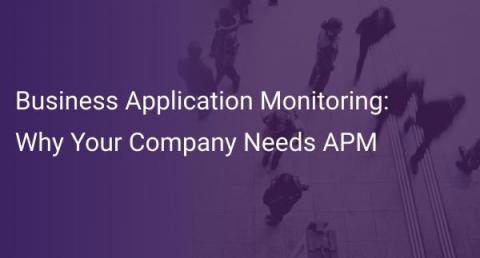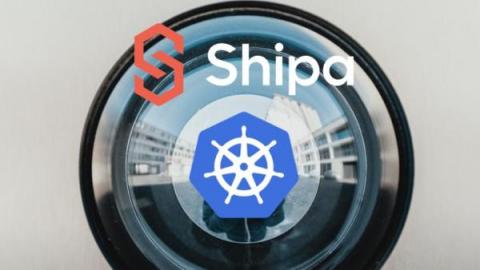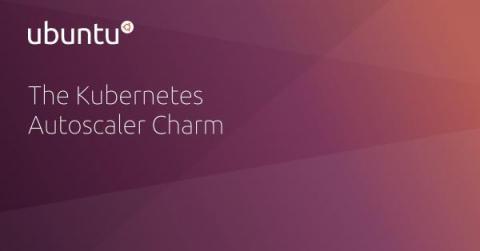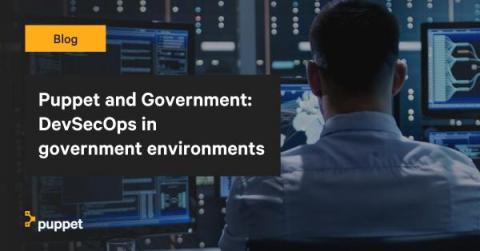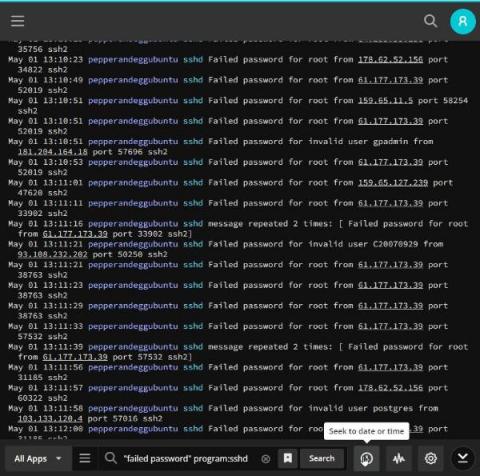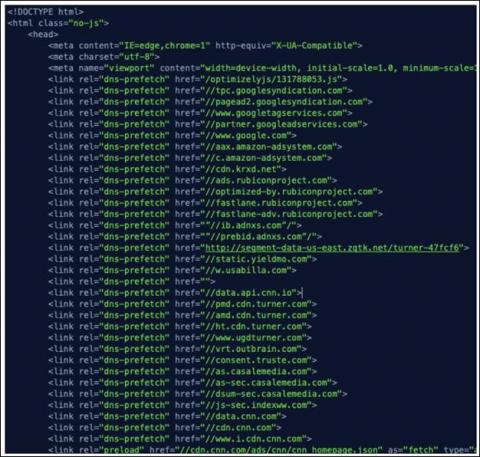How I installed Grafana Mimir on my homelab cluster
When I started at Grafana in January, I was accustomed to working with private clouds and on-prem infrastructure, so nearly everything in my role here as a senior software engineer for the Grafana Mimir customer squad was new to me. I was new to Golang, Docker, Kubernetes, gRPC, public cloud services, etc. Kubernetes has been especially challenging. In my work on Grafana Mimir and Grafana Enterprise Metrics, I experience k8s in one of two extremes.


